#x-ray
Text



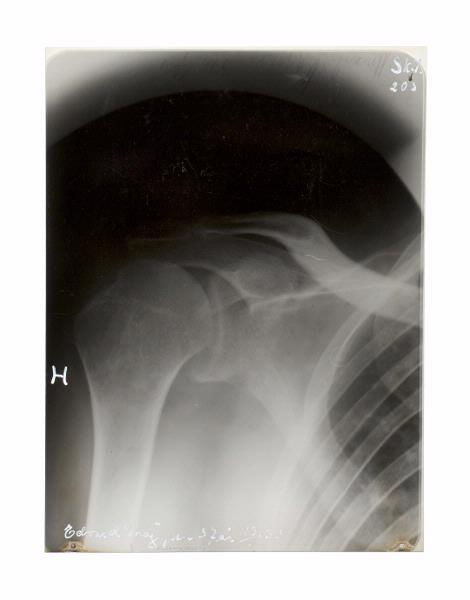

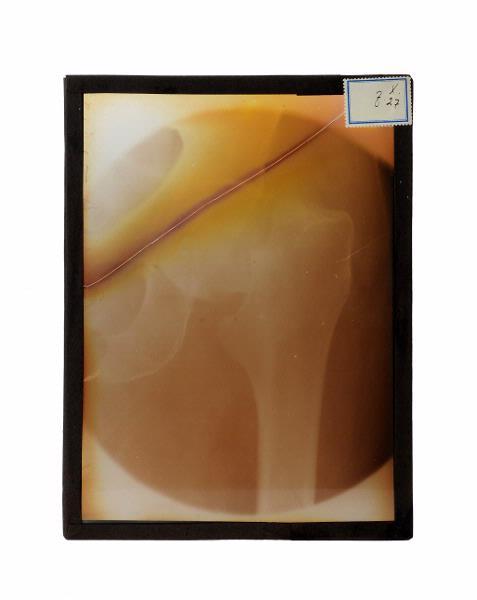
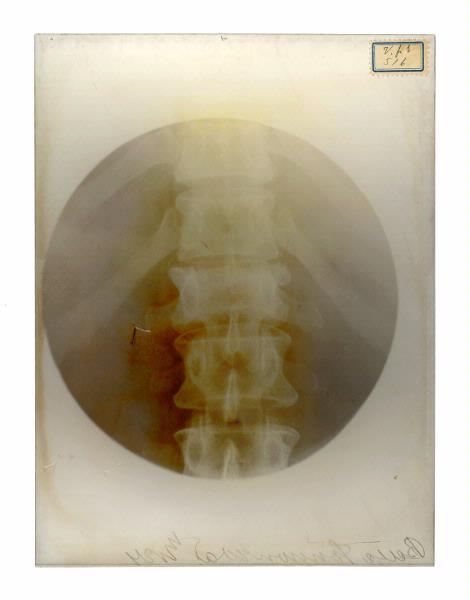

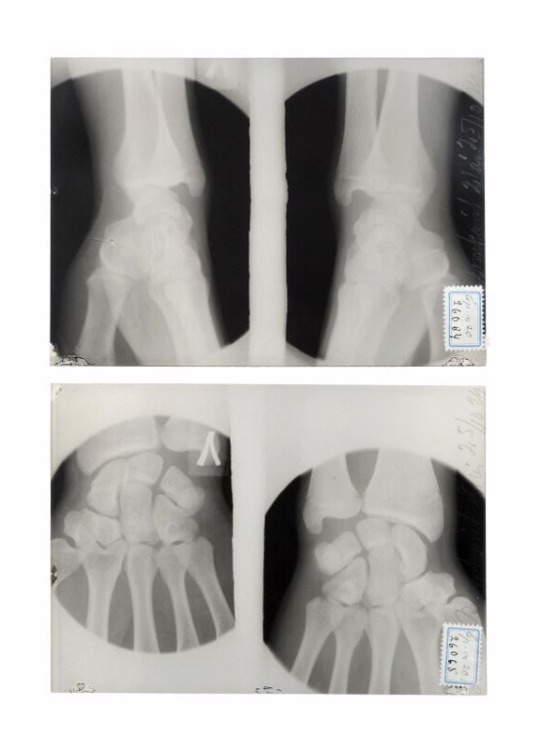

x-ray images, 1916-1931
#anatomy#x-ray image#x-ray images#vintage#medical history#x-ray#radiology#radiography#1910's#20's#30's#*
3K notes
·
View notes
Text


The Prime X-Ray trivia! :D❤👏
#good omens#gos2#season 2#GOS2Spoilers#good omens spoilers#disposable demon#eric#fun fact#x-ray#2i6i3#2i6i6#2ep6
5K notes
·
View notes
Text

This is possibly the most wrong thing I have seen on a click bait article ever. The more you look, the worse it gets.
It claims to be an X-ray of a pregnant horse.
There are several faults with that assumption:
It is an old school film X-ray, about the size of an A4. It is no way big enough to X-ray an entire horse.
An X-ray machine big enough to X-ray an entire horse does not exist, and would pump out obscene amounts of radiation if it did.
That ‘horse’ is lying down. Good luck with that.
Something very creative is happening with its front legs, feet, hocks and skeleton in general.
It has no internal organs.
The thing it is ‘pregnant’ with is mostly situated within the thorax.
The thing it is ‘pregnant’ with appears to be a dog.
The ‘dog’ appears to be ‘pregnant’ with a cat.
The ‘cat’ appears to be ‘pregnant’ with… possibly a rat?
35K notes
·
View notes
Text
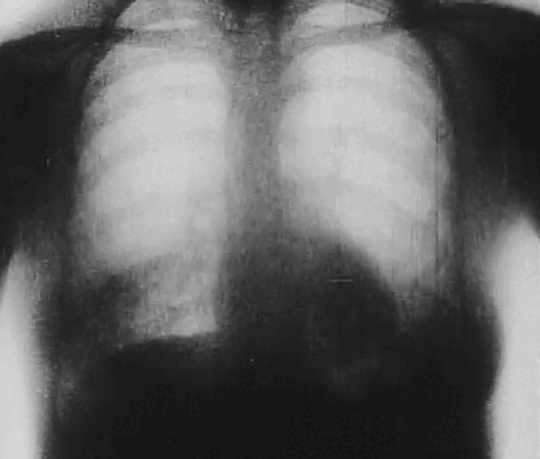
MOVING X-RAYS [1938]
#GIF EDIT#gif#film#anatomy#black and white#science#medical#surreal#x-ray#monochrome#30s#educational#short film#u
1K notes
·
View notes
Text

A Calla lily under an X-ray machine, 1930s
914 notes
·
View notes
Text
Dynamic Digital Radiography low-dose X-ray imaging technique enables visualization of anatomy in motion.
Comparison: Fluoroscopy and Dynamic Digital Radiography (DDR) are both imaging techniques that provide real-time visualization of internal body structures. However, they have some key differences:
Fluoroscopy:
Fluoroscopy uses several pulses of an X-ray beam to take real-time footage of tissues inside your body².
It provides a live "video" format image, which shows movements inside the body or of an instrument in the body¹.
Fluoroscopy, when done with contrast, can highlight the inner lining of tubular organs of the body¹.
Theoretically, fluoroscopy carries a higher risk of radiation-related risks than X-rays, as it requires serial X-rays, thus the exposure time is greater¹.
DDR is an enhanced version of a standard digital radiography system that acquires up to 15 frames per second for as long as 20 seconds³.
It results in a maximum of 300 X-ray images with a dose equivalent to about two standard X-rays³.
With DDR, radiation is lower than fluoroscopy or CT, and it requires a shorter exam time than MRI³.
DDR is not fluoroscopy, but rather the X-ray precursor to CT or MRI¹.
In summary, while both techniques provide real-time imaging, DDR offers the advantage of lower radiation exposure and faster exam times compared to fluoroscopy.
308 notes
·
View notes
Text

#Three Things You Should Probably Know About the Watchful Owl#owl#owls#nature#animals#ornithology#birds#x-ray#sun#shoes#facts#trivia#unreality
223 notes
·
View notes
Photo
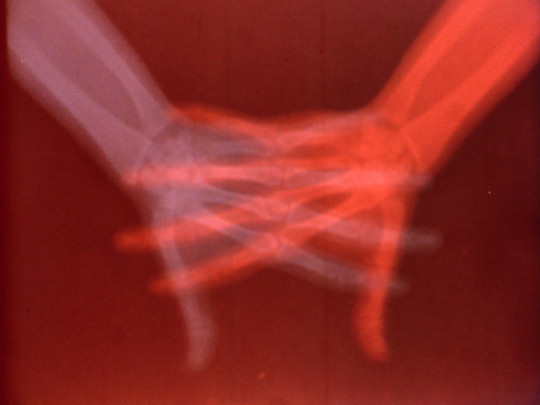
Barbara Hammer, Sanctus, 1990
Film
3K notes
·
View notes
Text

To some it looks like a cat's eye. To others, like a giant cosmic conch shell. This is actually one of the brightest and most highly detailed planetary nebula known- the Cats Eye Nebula. It is composed of gas expelled in the brief yet glorious phase near the end of life of a Sun-like star. This nebula's dying central star may have produced the outer circular concentric shells by shrugging off outer layers in a series of regular convulsions. The formation of the beautiful inner structures, however, is not well understood. The featured image is a composite of a digitally sharpened Hubble Space Telescope image with X-ray light captured by the orbiting Chandra Observatory. The exquisite nebula spans over half a light-year across. Of course, by gazing into this Cat's Eye, humanity may well be seeing the fate of our sun, destined to enter its own planetary nebula phase of evolution ... in about 5 billion years.
Image Credit & Copyright: NASA Hubble, Chandra
Processing Copyright: Rudy Pohl
#astronomy#space#science#universe#nebula#cats eye#cats eye nebula#Hubble#X-ray#Chandra telescope#bright#light year#planetary nebula#sun#explode#supernova#follow#like#reblog#the first star#the first starr#thefirststar#thefirststarr#nasa#apod#tumblr#blog#space blog
170 notes
·
View notes
Text

NGC 2264 Aka 'Christmas Tree Cluster'
Courtesy: NASA
#art#cosmos#cosmic#universe#blast#space#photography#stars#nasa#christmas tree#cluster#merry christmas#surreal#green#cone nebula#nebula#monoceros#x-ray#NGC 2264
219 notes
·
View notes
Text
Tutorial how to find the new Good Omens S2 bonuses on Prime ❤ 🐍😊
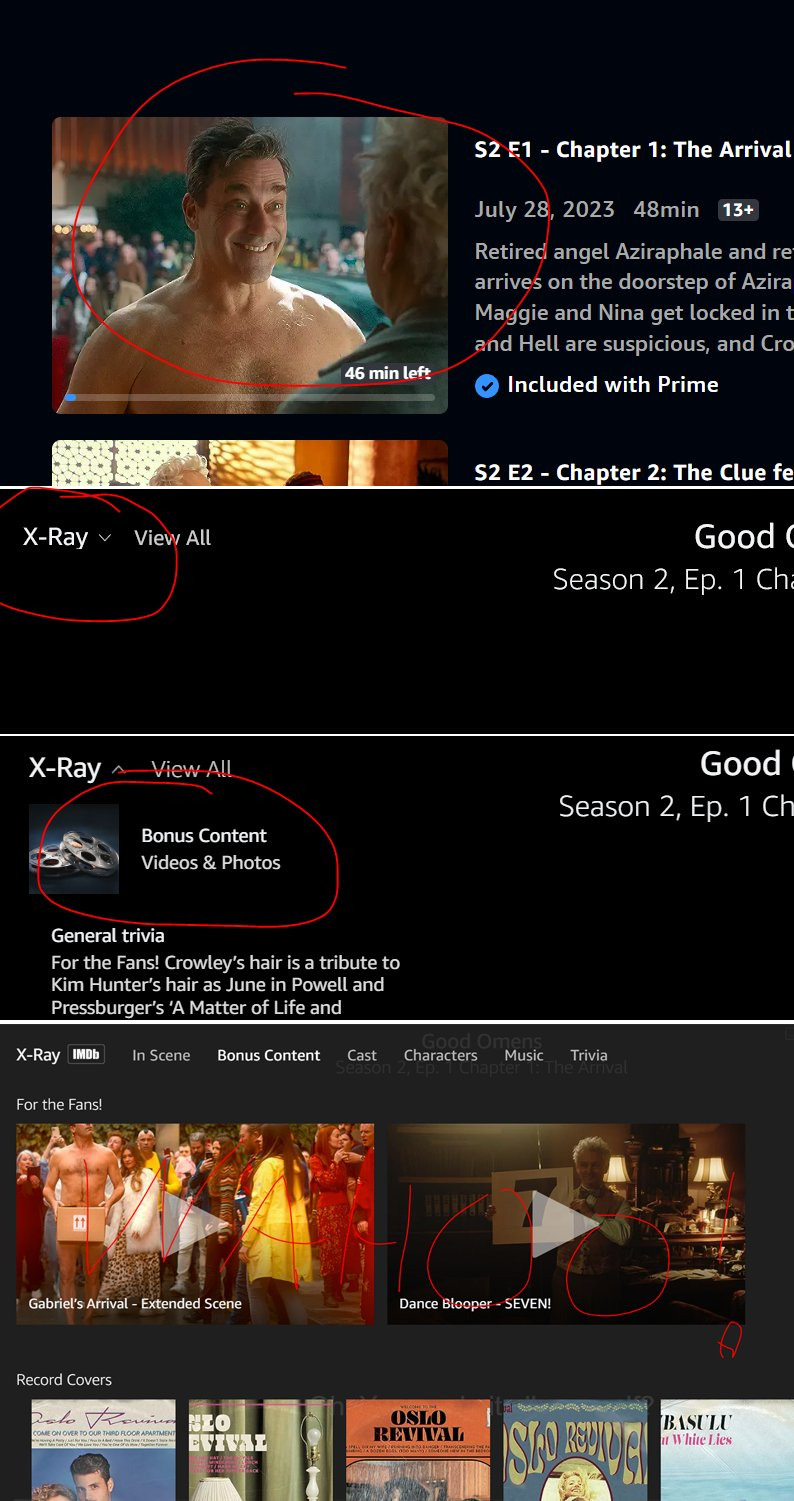
1K notes
·
View notes
Text





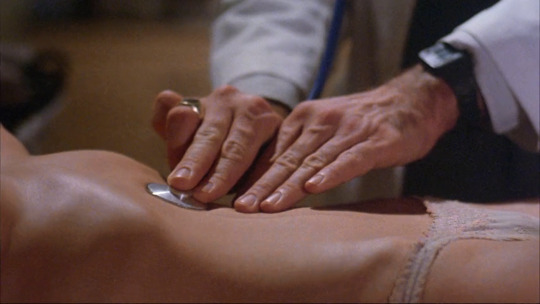

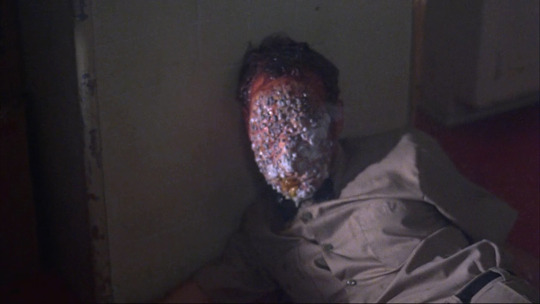
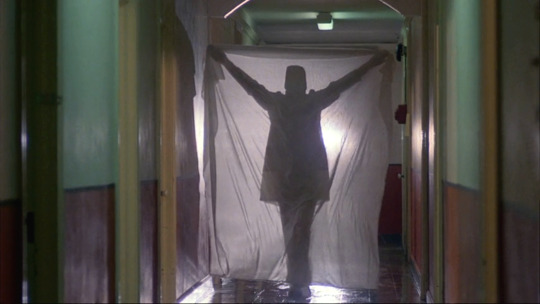

X-Ray (1982)
#x-ray#hospital massacre#my posts#horror#1980s horror#80s horror#horror movie#horror film#slasher#barbi benton#boaz davidson#creepy#creepy hospital#1980s#80s#80s movies#film#screencaps#horrorcaps#horror movies#horrorstills#grindhouse#exploitation movie#exploitation film#horror aesthetic#movie titles#title screen#horror community#horror gore#horroredit
172 notes
·
View notes
Text


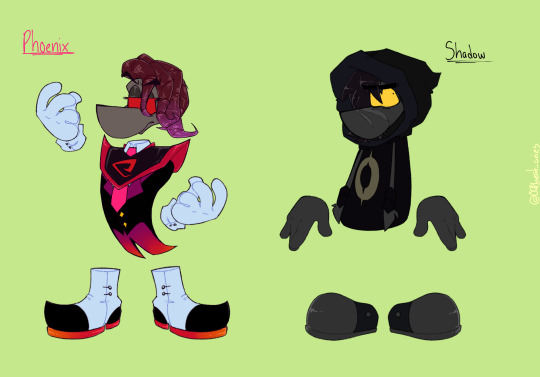
Rayman and his 5 evil clones (they all have individual names cause yes)
144 notes
·
View notes
Text
Why Do X-Ray Mirrors Look So Unusual?
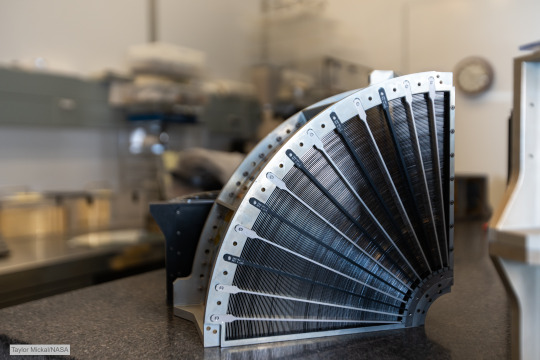
Does the object in this image look like a mirror? Maybe not, but that’s exactly what it is! To be more precise, it’s a set of mirrors that will be used on an X-ray telescope. But why does it look nothing like the mirrors you’re familiar with? To answer that, let’s first take a step back. Let’s talk telescopes.
How does a telescope work?
The basic function of a telescope is to gather and focus light to amplify the light’s source. Astronomers have used telescopes for centuries, and there are a few different designs. Today, most telescopes use curved mirrors that magnify and focus light from distant objects onto your eye, a camera, or some other instrument. The mirrors can be made from a variety of materials, including glass or metal.
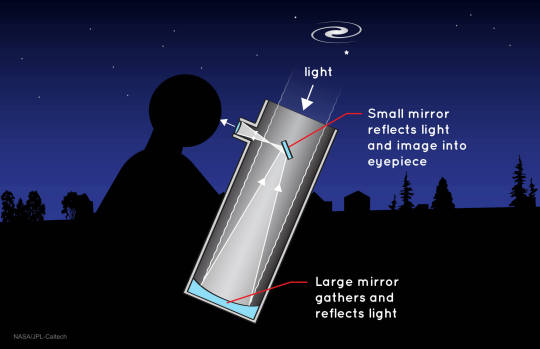
Space telescopes like the James Webb and Hubble Space Telescopes use large mirrors to focus light from some of the most distant objects in the sky. However, the mirrors must be tailored for the type and range of light the telescope is going to capture—and X-rays are especially hard to catch.
X-rays versus mirrors
X-rays tend to zip through most things. This is because X-rays have much smaller wavelengths than most other types of light. In fact, X-rays can be smaller than a single atom of almost every element. When an X-ray encounters some surfaces, it can pass right between the atoms!
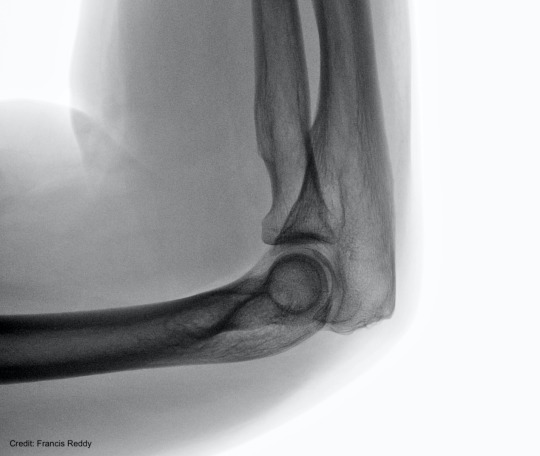
Doctors use this property of X-rays to take pictures of what’s inside you. They use a beam of X-rays that mostly passes through skin and muscle but is largely blocked by denser materials, like bone. The shadow of what was blocked shows up on the film.
This tendency to pass through things includes most mirrors. If you shoot a beam of X-rays into a standard telescope, most of the light would go right through or be absorbed. The X-rays wouldn’t be focused by the mirror, and we wouldn’t be able to study them.
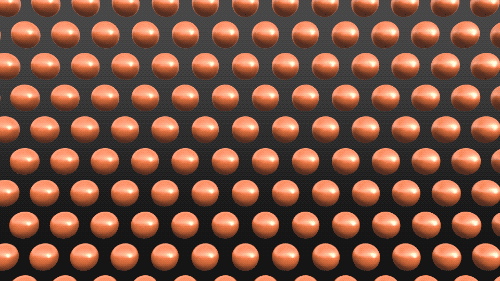
X-rays can bounce off a specially designed mirror, one turned on its side so that the incoming X-rays arrive almost parallel to the surface and glance off it. At this shallow angle, the space between atoms in the mirror's surface shrinks so much that X-rays can't sneak through. The light bounces off the mirror like a stone skipping on water. This type of mirror is called a grazing incidence mirror.
A metallic onion
Telescope mirrors curve so that all of the incoming light comes to the same place. Mirrors for most telescopes are based on the same 3D shape — a paraboloid. You might remember the parabola from your math classes as the cup-shaped curve. A paraboloid is a 3D version of that, spinning it around the axis, a little like the nose cone of a rocket. This turns out to be a great shape for focusing light at a point.

Mirrors for visible and infrared light and dishes for radio light use the “cup” portion of that paraboloid. For X-ray astronomy, we cut it a little differently to use the wall. Same shape, different piece. The mirrors for visible, infrared, ultraviolet, and radio telescopes look like a gently-curving cup. The X-ray mirror looks like a cylinder with very slightly angled walls.
The image below shows how different the mirrors look. On the left is one of the Chandra X-ray Observatory’s cylindrical mirrors. On the right you can see the gently curved round primary mirror for the Stratospheric Observatory for Infrared Astronomy telescope.
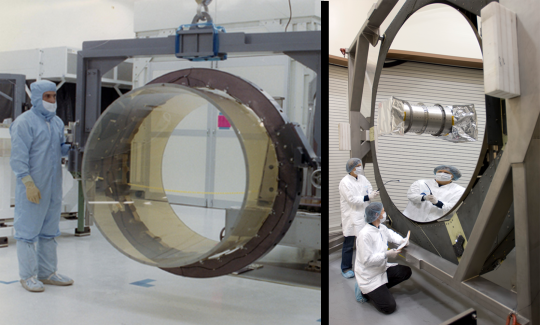
If we use just one grazing incidence mirror in an X-ray telescope, there would be a big hole, as shown above (left). We’d miss a lot of X-rays! Instead, our mirror makers fill in that cylinder with layers and layers of mirrors, like an onion. Then we can collect more of the X-rays that enter the telescope, giving us more light to study.

Nested mirrors like this have been used in many X-ray telescopes. Above is a close-up of the mirrors for an upcoming observatory called the X-ray Imaging and Spectroscopy Mission (XRISM, pronounced “crism”), which is a Japan Aerospace Exploration Agency (JAXA)-led international collaboration between JAXA, NASA, and the European Space Agency (ESA).
The XRISM mirror assembly uses thin, gold-coated mirrors to make them super reflective to X-rays. Each of the two assemblies has 1,624 of these layers packed in them. And each layer is so smooth that the roughest spots rise no more than one millionth of a millimeter.

Why go to all this trouble to collect this elusive light? X-rays are a great way to study the hottest and most energetic areas of the universe! For example, at the centers of certain galaxies, there are black holes that heat up gas, producing all kinds of light. The X-rays can show us light emitted by material just before it falls in.
Stay tuned to NASA Universe on Twitter and Facebook to keep up with the latest on XRISM and other X-ray observatories.
Make sure to follow us on Tumblr for your regular dose of space!
#NASA#spaceblr#astronomy#telescope#universe#astrophysics#XRISM#Chandra#x-ray vision#x-ray#space#technology#tech
1K notes
·
View notes
Text
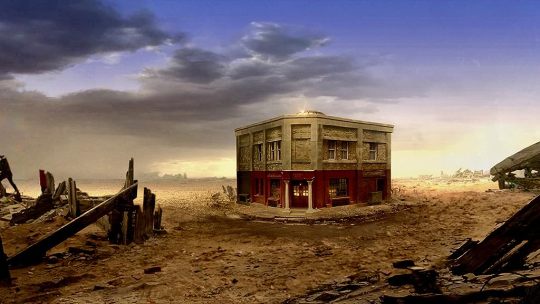


Concept art of Aziraphale's bookshop for a deleted scene
657 notes
·
View notes
